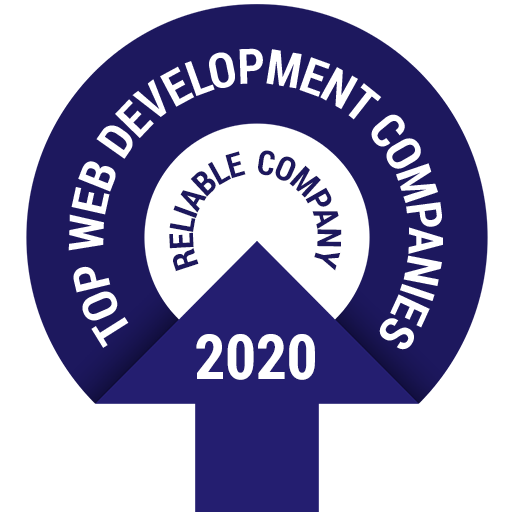By the end of 2015, the U.K IT and Services market is expected to be worth £43 billion. SaaS model will play a pivotal role in this mammoth growth
Traditional on-premise applications are passé. We have been in the industry for quite a few years and never before has the gap between SaaS and other software delivery models been so wide. Companies that are looking to increase security and drive in productivity aiming to get access to enterprise grade applications.
From helping employees collaborate better with the help of Cloud to coming out with applications to interact with customers, these apps can help increase efficiency and better sales targets.
Having delivered many SaaS and B2B apps in the recent past ourselves, we know that it’s an exciting world out there.
Predicting the trends
So, what does 2015 have in store for us? Going by the current trends, we will see a lot more of Software-as-a-Service this year. Some of the major trends are visible.
For instance, since last year there is a growing demand for vertical SaaS, or solutions to particular industries that mainly include healthcare and financial services. This goes against the traditional norm of growth of horizontal SaaS that were mainly solutions used by sales and HR.
The ACG report corroborates this. The report also states how SaaS models are targeting individual users to form enterprise-wide deals. Here is what happens – SaaS vendors woo in a few employees with what they offer. This in turn leads to potential enterprise deals as employees understand how productivity is affected. The tactic, similar to the freemium model, will see a significant rise this year.
Gartner on its part states that cloud-integration would be a $1.5 billion business soon. SaaS, a type of cloud integration is among them. What works for SaaS is that there are too many avenues still left to be explored. This means that these vendors will be up trying up new tricks up their sleeves, from offering free SaaS to a plethora of on-demand services catered to the audience needs, innovations will be many. SaaS services will be made to focus on specific geographic regions also, to address specific needs of a company. A company in the U.K. can do with a SaaS system that takes into account the U.K. tax structure. You can use the services of a good SaaS app/product development team to design your own SaaS software as well.
There is an increasing need to have these services on mobile devices and that’s what exactly will be happening, with more vendors keen to bring their services to tablets and mobiles. A good app/product team of developers can help you develop your own application that’s available in major app stores too.
The Different Benefits
Most of us have used SalesForce. SalesForce is Customer Relationship Management (CRM) software and one of the more popular applications out there. SaaS adoption has slowly been picking up, and companies are exploring new avenues to tap into it. Here is why.
-
Cost-effectiveness
Many of these solutions are available on a subscription basis, meaning that you do not have to worry about huge deployment costs. You already have a working API, and do not have to think about creating a website from scratch. You can implement enterprise grade applications as well, that are unique to your organization. There are no costs involved when it comes to installing and maintaining a sales app.
-
Reduced time to build
The solutions can be built easily and are tailored to suit your organizations’ needs. You can build a site to interact with parents if you’re running a school. You can build a SaaS app to help people book cabs. You can even build apps that can help share thoughts anonymously by users. The possibilities are endless.
-
Subscription based model
Most SaaS vendors like SalesForce offer a subscription-based model, where you use their services for a particular amount of time. This helps you only to use the services when you need it and adopt newer business strategies quickly, when needed. It doesn’t matter if you create your own SaaS application. Just ensure that you’ve a good SaaS app/product team of developers to help you with issues related to uptime and security and upgrades.
-
Easy integration and high scalability
Where Software-as-a-Service scores is its easy integration with your company’s systems. Whether it be putting up the company logo or integrating the SaaS software with company systems and company data. Vendors offer API’s that can integrate easily with your company ERP or CRM and even with other providers.
-
Work on the go
This is perhaps the biggest advantage when it comes to working with a SaaS solution – your employees aren’t restrained by premises and can work when they want, where they want. Is there any urgent project coming up? You can just log the details into the system. Is there a client’s feedback that you need your colleague to check? You can just put it into the system.
If it’s cost effectiveness services that you’re looking for to leverage in business productivity, 2015 can be a great year. Hire a SaaS app development team who can ensure a smooth transition to the SaaS system, without the hiccups.

Written by Tanya Kumari
Tanya leads the Digital Marketing Team at Classic Informatics, a leading web development company . She is an avid reader, music lover and a technology enthusiast who likes to be up to date with all the latest advancements happening in the techno world. When she is not working on her latest article on agile team dynamics, you can find her by the coffee machine, briefing co-workers on the perks of living a healthy lifestyle and how to achieve it.








.png)










